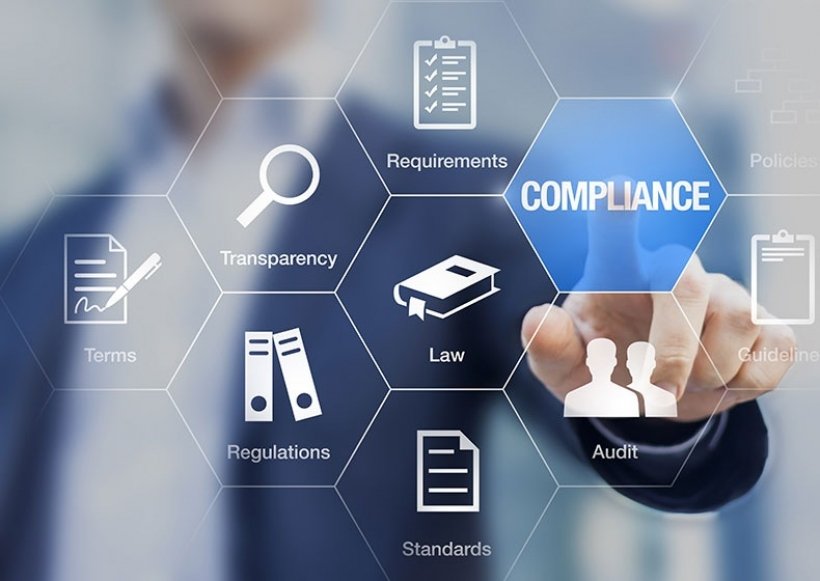
EU TAXONOMY CHRONICLES
In the first episode of the Taxonomy chronicles we covered the fundamentals of the European Taxonomy and what it implies for European companies today. Several European companies have already started the reporting process to meet the first two climate targets.
Within the Sustainable Business Community , created by TOLSON Consulting, the Taxonomy topic has been addressed through multiple workshops where SBC companies shared their progress but also their constraints. Behind its objective of simplification, the Taxonomy brings major challenges for companies. Let’s see together what are the main ones.
Challenge # 1: Identify which Sustainable economic activities are covered by the EU Taxonomy
Eligibility for the European Taxonomy indicates that an activity makes a substantial contribution to one of the six environmental objectives of the taxonomy. The Delegated Acts on the European Taxonomy provide the content, method, and reporting requirements for companies to disclose the proportion of their economic activities that are environmentally sustainable in their activities.
The Regulation and the Delegated Acts are complex. Therefore, the European Commission has launched the Taxonomy Compass. This tool can be used by companies to assess which activities are eligible for the taxonomy and what criteria need to be met for each activity to be considered aligned.
In some cases, the company’s activity may not fully correspond to the listed activities. In this case, it is recommended to link it as closely as possible to an activity of the delegated climate act. Therefore, it is important to explain the methodological reservations and biases as well as the partial coverage.

The delegated acts of the climate objectives will continue to evolve over time. In addition, other activities may be added to its scope through amendments to reflect technological progress. Thus, the selection criteria will be regularly reviewed. For this purpose, the experts leveraged on the work done on the four other objectives to update the list of activities on the two climate objectives.
Challenge # 2: Using the right NACE code
The acronym NACE, Nomenclature of Economic Activities, refers to the integrated system of classification of products and economic activities in the European Union.
Once the company has established its mapping of activities, it is necessary to identify in the annexes of the delegated act the chapters that describe the activities or the product typologies corresponding to the products sold or manufactured.
The 6 objectives of the European Taxonomy aim at pushing companies to declare the green part of their activities. To do so, companies need to refer to the description and the NACE code. This is not a driver but rather a first indication for businesses. However, the NACE code can also be a limitation because the company may be assigned only one NACE code, which may restrict the scope of the reporting.

Some companies have started the process by listing the different activities identified in the delegated acts, mentioning the NACE code and linking them to the turnover classification and the product classification.
Challenge #3: Meet the Taxonomy and its screening criteria!
As a reminder, in order for a company to align with the taxonomy, its eligible economic activities must first contribute substantially to one of the six environmental objectives. To be aligned with the European Taxonomy, Eligible activities must be assessed through a series of screening criteria to assess whether they are aligned with the taxonomy and can be declared as such.
Thus, these criteria must ensure that the economic activity has a positive impact on the climate objective or mitigates the negative impact on the climate objective. The Taxonomy’s selection criteria are often specific and quantifiable.

CHALLENGE #4: COMPLIANCE WITH DNSH ON ALL OTHER OBJECTIVES OF THE EUROPEAN TAXONOMY
In the context of the European Taxonomy, the “do no significant harm” (DNSH) criteria mean that investors must conduct a due diligence- type process to check whether these criteria are met by the activity in question.
Furthermore, the company must ensure that the DNSH criteria are respected without negatively contributing to the other 5 objectives.
In some cases, the mention N/A (Not Applicable) is used in the DNSH. The experts and the commission have judged that for some activities, the DNSH on an environmental objective is not relevant because the activity does not have a potential significant negative impact on the objective concerned.

Finally, the company in question must respect minimum social guarantees (UN Guiding Principles and OECD Guidelines).
WHAT NEXT ?
In order to better prepare the reporting, it can be useful to analyze the delegated acts currently being approved by the European Commission, concerning the 4 other objectives. This exercise allows companies to better understand the changes that these delegated acts may generate and to identify new activities.
In the next episode, we will focus on the main steps followed by companies to comply with the European Taxonomy, while focusing on the indicators to be monitored: turnover, Capex and Opex.
For more insights on the topic, please contact Greta Ravelli or Tina Mashreghi.
For more information about the SBC community, please contact us by email at contact@tolson-consulting.com or using the form below.
Error: Contact form not found.



